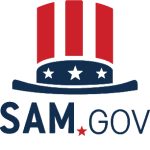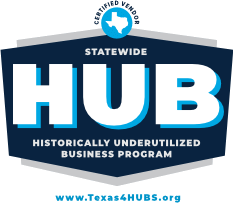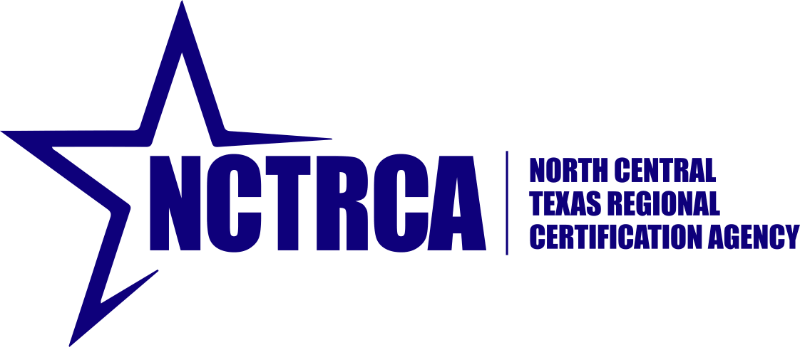TL;DR: Your variable focus and energy patterns aren’t leadership flaws to fix—they’re adaptive capabilities to leverage strategically. The most effective ADHD leaders learn to match their leadership approach to their natural cognitive states, creating systems that work with their brain’s rhythms rather than against them, turning variability into their greatest leadership advantage.
“I need to talk to you about something that’s been bothering me,” Rachel said during our Tuesday morning coaching session. She was a COO I’d been working with for several months, someone who’d initially come to me convinced her ADHD made her “too inconsistent” to be an effective leader.
“What’s happening for you around this?” I asked.
“Last week was a perfect example,” she began. “Monday morning, I was on fire – led our strategy meeting brilliantly, made three major decisions that had been pending for weeks, and inspired the team with a new vision for Q2. But by Wednesday afternoon, I could barely get through my emails. Thursday’s board prep session was painful. I felt like a completely different person.”
“And what meaning are you making of those differences?” I inquired.
Rachel paused. “That I’m unreliable. That my team never knows which version of me they’re going to get. Sometimes I’m the visionary leader who can solve any problem. Other times I can barely string a coherent thought together.”
“What if neither of those versions is wrong?” I offered. “What if instead of fighting this variability, you designed your leadership around it?”
This question marked the beginning of Rachel’s transformation from someone who saw her variable focus and energy as a leadership liability to someone who leveraged it as her greatest strategic advantage. Within six months, she’d not only improved her own effectiveness but had created a team culture that thrived on what she called “adaptive leadership” – matching leadership approaches to natural energy states rather than forcing consistency where it didn’t exist.
The Reality of Variable Leadership States
In my years of coaching ADHD executives, I’ve noticed something profound: those who try to maintain the same leadership style regardless of their cognitive state inevitably burn out. Those who learn to adapt their approach to their natural rhythms not only survive but often outperform their neurotypical peers.
Research on adaptive leadership shows that the ability to flexibly adjust leadership behavior based on situational needs leads to greater effectiveness. For ADHD leaders, this flexibility isn’t just helpful – it’s essential.
What would be possible if you stopped seeing your variable focus as a weakness and started designing your leadership to work with these natural patterns?
Understanding Your Natural Leadership Rhythms
Before you can adapt your leadership style to your cognitive states, you need to understand your patterns. This isn’t about forcing yourself into someone else’s productivity system – it’s about discovering your unique rhythm and building around it.
I worked with Marcus, a tech startup CEO, who spent three weeks tracking his energy, focus, and leadership effectiveness throughout each day. What emerged wasn’t random variability but clear patterns. His hyperfocus window typically occurred between 10 AM and noon. His creative problem-solving peaked in the late afternoon. His patience for detailed discussions hit its lowest point right after lunch.
“Once I saw the patterns,” Marcus told me later, “everything changed. I wasn’t broken – I was predictable in my unpredictability.”
Research on ultradian rhythms reveals that our bodies operate on 90-120 minute cycles of high energy followed by 20-minute periods of lower energy. For ADHD brains, these cycles can be more pronounced and variable, but they’re still patterns we can work with.
Understanding your complete ADHD profile includes recognizing these patterns and building systems that support rather than fight them.
The Four Adaptive Leadership Modes
Through my coaching practice, I’ve identified four primary leadership modes that ADHD executives can consciously shift between based on their current cognitive state:
Visionary Mode (High Focus, High Energy)
This is when your ADHD brain is firing on all cylinders. You see connections others miss, generate innovative solutions, and inspire teams with your enthusiasm. This is the time for strategic planning, creative problem-solving, and high-stakes presentations.
One client described it perfectly: “When I’m in this mode, I feel like I can see the entire chess board and the next ten moves. Ideas flow faster than I can capture them.”
The key is recognizing when you’re entering this state and having systems ready to capture and channel this energy effectively. This might mean having a dedicated note-taking system, scheduling your most important strategic work during these windows, or having team members ready to help you document your insights.
Operational Mode (Moderate Focus, Steady Energy)
Not every moment requires visionary thinking. Sometimes leadership means steady execution, consistent communication, and methodical progress. This mode works well for regular team meetings, routine decision-making, and systematic problem-solving.
Sarah, a CFO I coach, learned to schedule her financial reviews and team check-ins during these periods. “I can maintain attention without the intensity of hyperfocus,” she explained. “It’s perfect for work that needs consistency rather than creativity.”
Productivity strategies for ADHD professionals often focus on maximizing these steady-state periods for important but less stimulating work.
Collaborative Mode (Lower Focus, Higher Social Energy)
Sometimes your brain won’t focus on spreadsheets but craves human interaction. This is when ADHD leaders can excel at relationship building, team development, and creating psychological safety through authentic connection.
“I used to fight this state,” one executive told me. “Now when I feel my focus slipping but my social energy rising, I walk the floors, have impromptu conversations, and strengthen team bonds. It’s become one of my most valuable leadership tools.”
Building inclusive teams often happens best during these high social energy periods when your natural ADHD empathy and enthusiasm can create powerful connections.
Recovery Mode (Low Focus, Low Energy)
Every ADHD leader needs to acknowledge when their brain needs rest. Fighting through these periods with caffeine and willpower leads to diminished performance and eventual burnout. Recovery mode is when you handle routine tasks, delegate actively, and prepare for your next high-performance window.
Research on executive function shows that ADHD brains require more recovery time after intense cognitive effort. This isn’t weakness – it’s biology.
Adaptive Leadership Self-Assessment Tool
Here’s a framework I’ve developed to help ADHD executives identify their current state and adapt accordingly:
Morning Check-In Questions:
- Where is my focus on a scale of 1-10?
- What’s my energy level feeling like?
- What type of work feels most aligned with my current state?
- What leadership mode would serve my team best right now?
Midday Recalibration:
- Has my cognitive state shifted?
- What adjustments do I need to make to my afternoon plans?
- What mode am I moving into, and how can I leverage it?
Evening Reflection:
- Which modes did I experience today?
- When was I most effective as a leader?
- What patterns am I noticing about my rhythm?
Strategies for Each Leadership Mode
How do you make the most of each adaptive state? Here are strategies I’ve seen work consistently:
Maximizing Visionary Mode
When you’re in peak focus and energy, protect this time fiercely. This is when strategic planning and breakthrough thinking happen. I encourage clients to:
- Block calendar time in advance for strategic work
- Minimize interruptions with clear boundaries
- Have capture systems ready for rapid idea generation
- Schedule your most important decisions for these windows
- Prepare materials in advance so you can dive straight into deep work
Optimizing Operational Mode
During steady-state periods, focus on execution and communication. This is when you can measure progress effectively and maintain team momentum:
- Review project status and make incremental decisions
- Conduct routine meetings with clear agendas
- Handle email and administrative tasks systematically
- Provide feedback and performance guidance
- Document processes and decisions while they’re clear
Leveraging Collaborative Mode
When focus drops but social energy remains, redirect toward relationship building:
- Schedule one-on-ones and team building activities
- Practice management by walking around
- Focus on emotional intelligence development
- Address team conflicts or concerns
- Build psychological safety through authentic presence
Honoring Recovery Mode
Low energy periods aren’t failures – they’re opportunities for strategic delegation and preparation:
- Review and organize notes from high-energy periods
- Delegate tasks that require deep focus to team members
- Engage in routine tasks that don’t require intense concentration
- Prepare materials for upcoming high-focus windows
- Practice work-life integration strategies
Communication Strategies for Variable Leadership
One of the biggest concerns I hear from ADHD executives is how to maintain credibility when their performance varies. The key isn’t hiding your variability – it’s communicating about it strategically.
James, a marketing director, learned to be transparent with his team about his working style: “I let them know that my capacity for detailed review varies, but my commitment to quality doesn’t. When I’m in a high-focus state, we tackle complex strategy. When I’m not, we focus on relationship building and creative brainstorming.”
This transparency, combined with consistent results across different modes, actually increased his team’s trust. They learned to bring different types of work to him at different times, maximizing everyone’s effectiveness.
Creating disclosure strategies that feel authentic while maintaining professional boundaries is crucial for adaptive leadership success.
Building Support Systems for Adaptive Leadership
No ADHD leader succeeds in isolation. Building systems that support your adaptive approach requires both technological tools and human support.
Consider creating:
Energy Management Systems:
- Calendar blocking that reflects your typical energy patterns
- Flexible meeting schedules that can adapt to your daily rhythm
- Buffer time between high-intensity activities
- Protected recovery periods
Team Communication Protocols:
- Clear signals for when you’re in deep work mode
- Alternative contact people for urgent issues during focus time
- Regular check-ins scheduled during your collaborative windows
- Documentation systems that capture decisions regardless of your state
Environmental Adaptations:
- Different physical spaces for different modes
- Lighting and sound options that support various cognitive states
- Easy access to movement and sensory regulation tools
- Technology setups optimized for each type of work
Advanced Adaptive Leadership Strategies
As you become more skilled at recognizing and adapting to your cognitive states, you can develop more sophisticated approaches:
Strategic State Shifting
Sometimes you need to be in a specific mode for a critical meeting or decision. While you can’t force your brain into a particular state, you can influence it:
- Physical movement to shift from low to moderate energy
- Meditation or breathing exercises to calm an overactive mind
- Music or environmental changes to support focus
- Social interaction to boost collaborative energy
Team Synchronization
Once you understand your patterns, you can help your team optimize their interaction with you:
- Share your typical rhythm patterns (without overexplaining)
- Create “office hours” for different types of interactions
- Delegate complementary tasks to team members during your off-peak times
- Build team norms that support everyone’s cognitive diversity
Long-term Pattern Recognition
Tracking your progress over months reveals larger patterns that can inform major decisions:
- Seasonal variations in energy and focus
- Project types that align with your strengths
- Team structures that support your adaptive style
- Career moves that leverage your natural variability
The Neuroscience Behind Adaptive Leadership
Understanding why our brains work this way can reduce shame and increase strategic thinking about our leadership approach. Research on ADHD and executive function shows that attention regulation differences aren’t character flaws but neurological variations.
Your prefrontal cortex – the brain’s CEO – works differently when you have ADHD. Sometimes it’s hyperfocused and brilliant. Sometimes it needs more dopamine to function optimally. This isn’t a bug; it’s a feature that, when understood and leveraged, can lead to innovative leadership approaches that neurotypical leaders might never discover.
Working with your brain’s natural patterns rather than against them isn’t just more effective – it’s more sustainable.
Avoiding Common Adaptive Leadership Pitfalls
As you develop your adaptive leadership practice, watch out for these common challenges:
The Perfectionism Trap: Trying to optimize every moment leads to burnout. Sometimes “good enough” in recovery mode is better than waiting for visionary mode.
Over-Communication: While transparency is valuable, constantly updating your team about your cognitive state can undermine confidence. Share patterns, not moment-by-moment updates.
Rigid Pattern Attachment: Your rhythms will shift with life changes, stress, medication, and seasons. Stay curious and flexible rather than dogmatic about your patterns.
Comparison with Neurotypical Leaders: Your adaptive approach might look different from traditional leadership models. Embracing neurodiversity in leadership means valuing different approaches rather than conforming to one standard.
Building Your Adaptive Leadership Practice
How do you begin implementing adaptive leadership in your daily practice? Start small and build systematically:
Week 1-2: Observation Track your energy, focus, and leadership effectiveness without trying to change anything. Notice patterns without judgment.
Week 3-4: Experimentation Begin adjusting your schedule slightly to align with observed patterns. Note what works and what doesn’t.
Month 2: Communication Start communicating selected aspects of your adaptive approach to key team members. Gather feedback and adjust.
Month 3 and Beyond: Integration Build formal systems and structures that support your adaptive leadership style. Continue refining based on results.
Your Adaptive Leadership Journey
What would be possible if you designed your entire leadership approach around your natural cognitive rhythms rather than fighting them? What if your variability became your strategic advantage?
In my coaching practice, I’ve seen ADHD executives transform from exhausted, inconsistent leaders to energized, strategically adaptive ones. The difference isn’t in changing who they are – it’s in building systems that work with their natural patterns.
Rachel, the COO from the beginning of this story, now runs one of the most innovative and responsive teams in her industry. “I still have high-focus days and low-focus days,” she told me recently. “The difference is that now both types of days serve my leadership. My team knows they can count on me to bring different strengths at different times, and that consistency of results matters more than consistency of energy.”
Your variable focus and energy aren’t obstacles to overcome – they’re tools to master. The question isn’t whether you can be an effective leader with ADHD. The question is: How will you design your unique adaptive leadership approach?
This journey of discovering and implementing adaptive leadership isn’t one you have to take alone. Whether you’re just beginning to recognize your patterns or ready to build sophisticated systems around them, the right coaching support can accelerate your progress and help you avoid common pitfalls.
What pattern will you start noticing this week? What small adaptation could you make to work with your brain rather than against it? Your adaptive leadership journey begins with a single conscious choice to honor your natural rhythms rather than fight them.
Frequently Asked Questions
How do I maintain leadership credibility when my focus and energy vary throughout the day?
Credibility comes from consistent results, not consistent energy states. By becoming skilled at matching your leadership approach to your cognitive state, you can deliver strong outcomes regardless of whether you’re in high-focus or recovery mode. The key is transparent communication about your work style combined with reliable delivery on commitments. When your team sees that you strategically leverage different states for different outcomes – using high-focus time for strategy and lower-focus periods for relationship building – they learn to trust your adaptive approach. Remember, many of the world’s most innovative leaders have variable energy patterns; what matters is how you manage them.
What are the best strategies for adapting my leadership style to different attention states?
Start by mapping your typical patterns through careful observation over 2-3 weeks. Once you understand your rhythm, create different “leadership modes” for different states. During high-focus periods, tackle strategic planning and complex problem-solving. In moderate-focus states, handle operational tasks and routine meetings. When focus is low but social energy is high, invest in team building and relationship development. During recovery periods, focus on delegation and preparation. The key is having predetermined strategies for each state rather than making decisions in the moment when your executive function might be compromised.
How can I communicate my adaptive leadership approach to my team without appearing inconsistent?
Frame your approach as strategic flexibility rather than inconsistency. Share the general patterns of when you’re best at different types of work without over-explaining the ADHD connection (unless you choose to disclose). For example: “I’ve noticed I’m best at strategic thinking in the mornings and collaborative work in the afternoons, so I’m structuring my schedule accordingly.” Create clear systems for how your team can work with you effectively, such as specific times for different types of meetings or decisions. Focus on how this approach benefits the team through better outcomes rather than making it about your personal needs.
What systems help ADHD executives stay effective during low-focus periods?
During low-focus periods, rely on systems rather than willpower. Create template agendas for routine meetings, documented decision-making frameworks for common situations, and clear delegation protocols. Use technology tools to capture ideas and commitments when your memory might be less reliable. Build in buffer time around challenging tasks so you’re not forcing high-focus work during low-focus periods. Most importantly, prepare during high-energy times for inevitable low-energy periods by documenting decisions, creating clear project plans, and setting up systems your future low-focus self can follow easily.
Ready to develop your own adaptive leadership approach? The journey from fighting your natural patterns to leveraging them strategically is transformative but doesn’t have to be taken alone. I’m here to help you discover your unique cognitive rhythms and build leadership systems that work with your ADHD brain, not against it.
Schedule your free consultation with Tandem Coaching Partners to explore how adaptive leadership coaching can help you turn variable focus into your greatest leadership advantage.
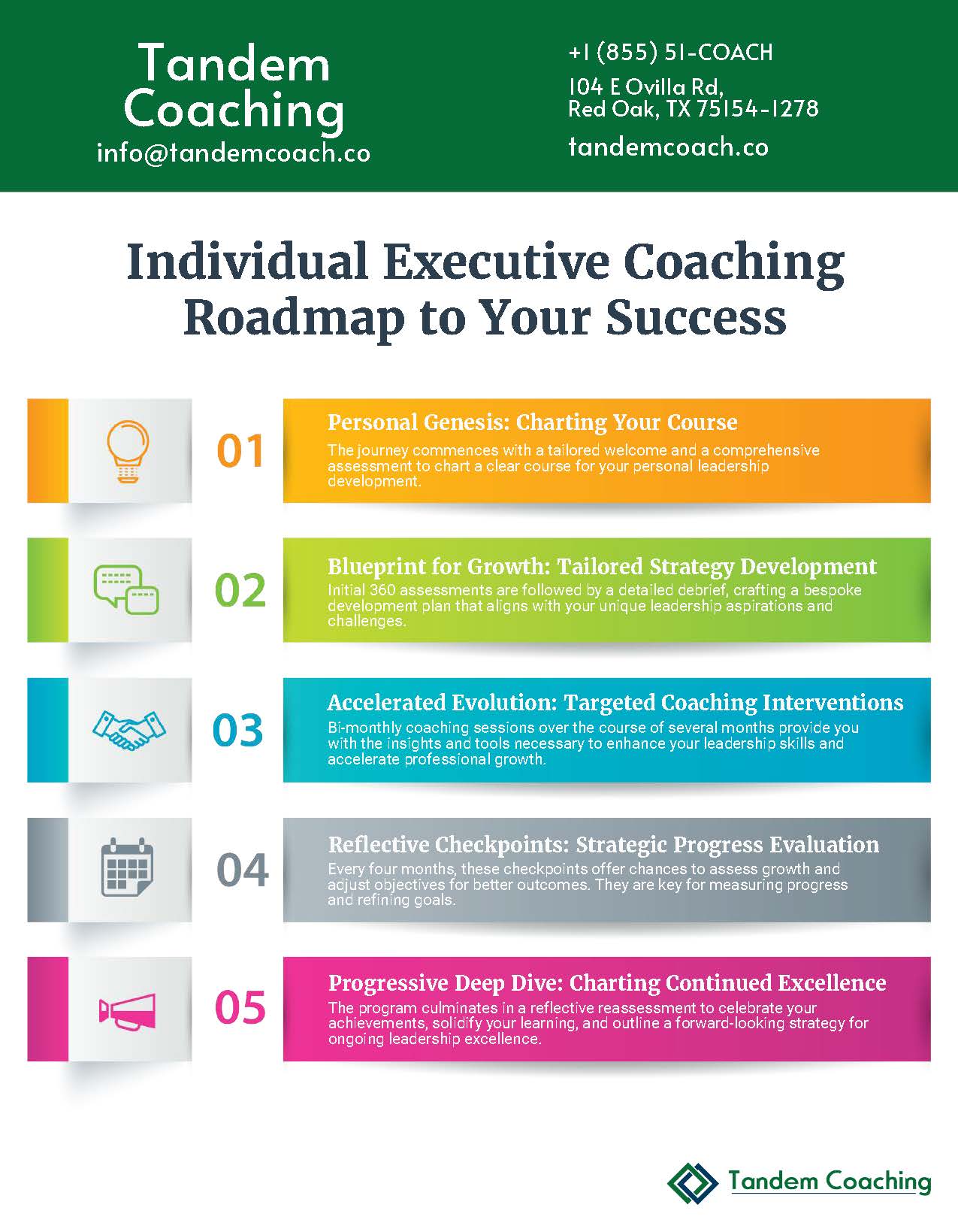

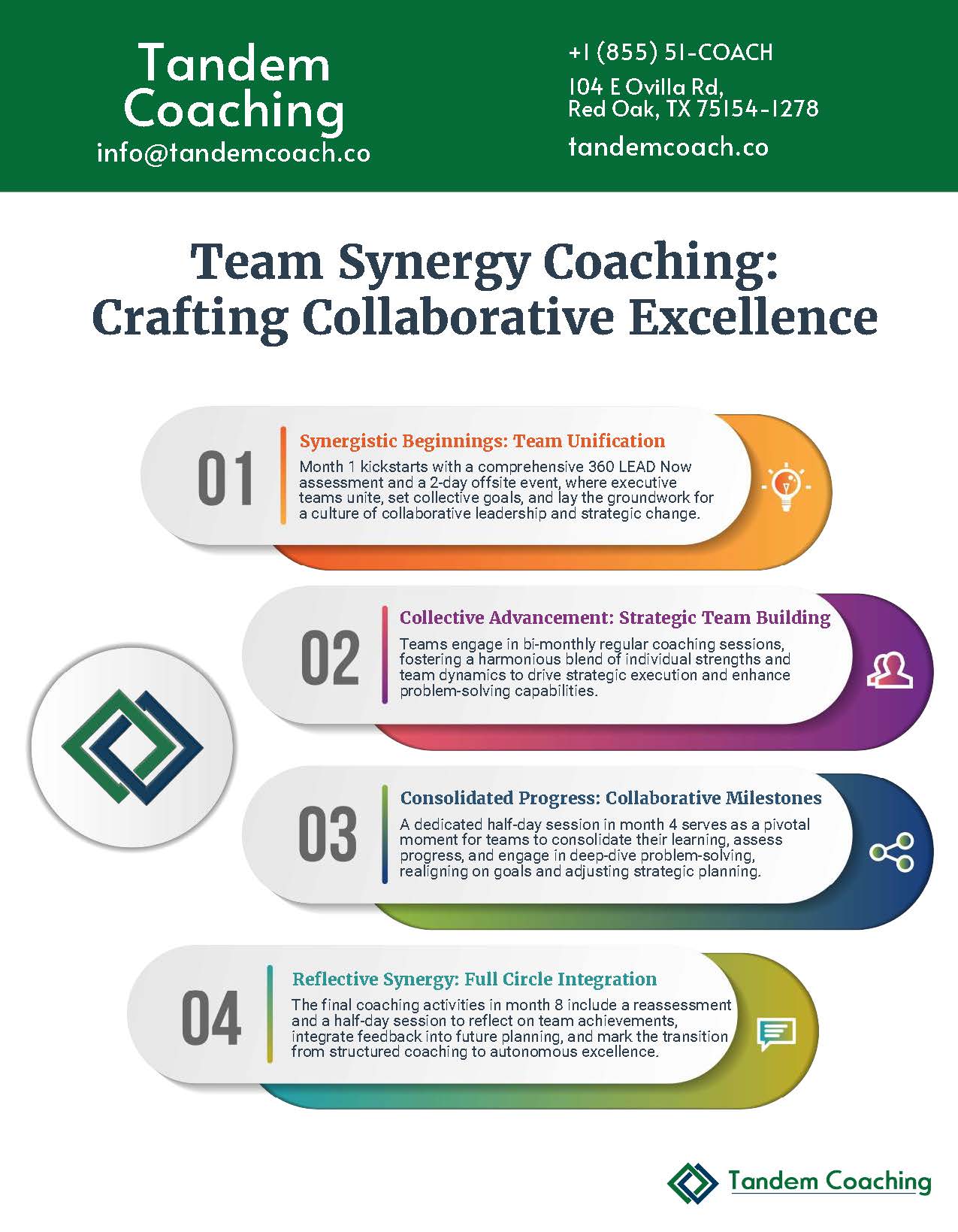
Boost Your Leadership Team Success!
Take your leadership team to the next level and achieve great results with our executive coaching.
Learn how our coaching and ASPIRE method can change things for you—get a free brochure to begin your journey.
About the Author
Cherie Silas, MCC
She has over 20 years of experience as a corporate leader and uses that background to partner with business executives and their leadership teams to identify and solve their most challenging people, process, and business problems in measurable ways.












